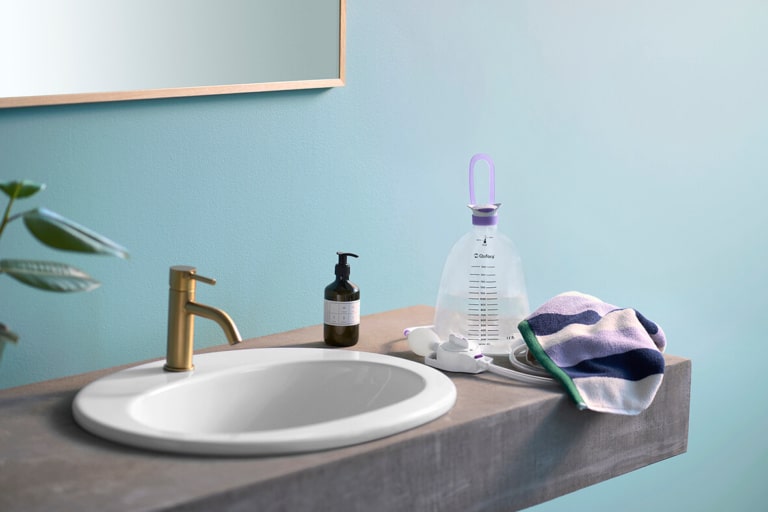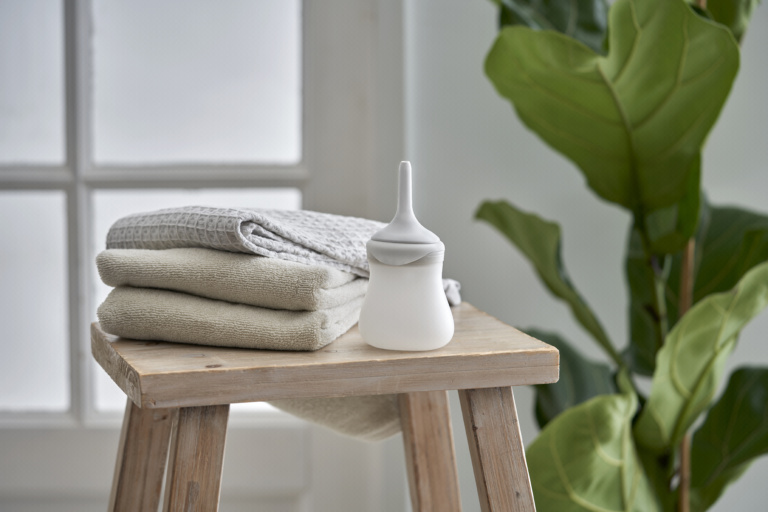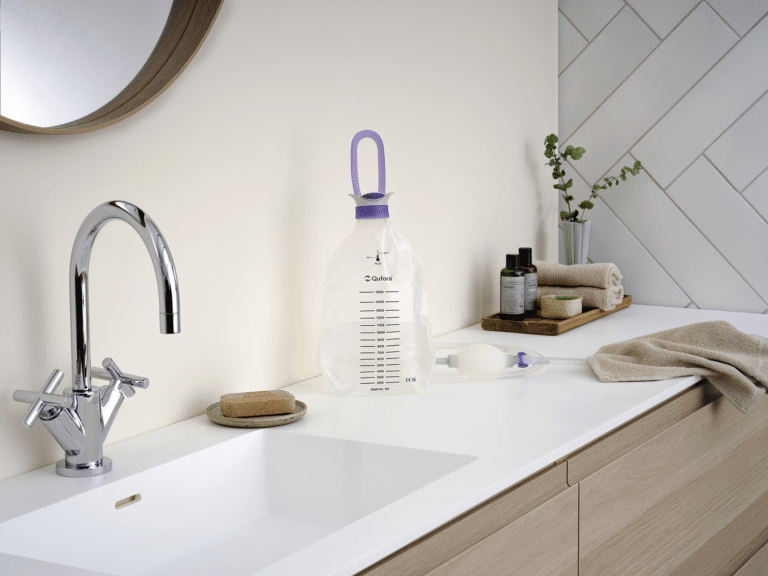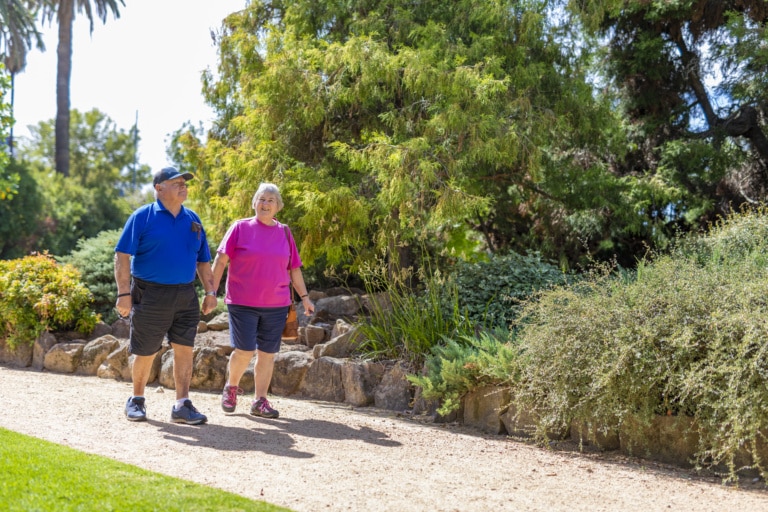Healthy skin around your stoma should be free from redness, itch and discolouration. It should look and feel like the rest of your body. Unfortunately, some people experience skin changes around their stomas which can be annoying, frustrating and life controlling. This is not normal and should be assessed by an expert like your Stomal Therapy Nurse or medical specialist.
There are many different skin conditions that can occur. They can be the result of a medical condition, e.g. pyoderma gangrenosum, they might be seasonal e.g. eczema, or they may be due to your appliance or the way you manage your appliance changes.
If your skin condition is related to appliance use it is likely to be one of the common skin conditions below.
Allergic contact dermatitis (ACD)

In the early stages of ACD, one may experience blistering, itching, redness. Over time this can evolve to hardening of the skin, excessive flaking, cracking of the skin and uncontrollable itch. Skin changes will initially occur directly under the base plate. For some people, if left untreated, symptoms can start to take over their whole body.
Treatment
The main treatment for ACD is removing the exact thing that is the cause of the reaction (the allergen). However, this may not be easy to do if you don’t know what the cause is. The causative factor can be anything from the way in which your skin is cleaned, to remove wipes, wash cloths, barrier wipes or the appliance itself.
Many of my stomal therapy colleagues often say, ‘less is best’.
However, if by simplifying your regimen or removing the suspected allergen provides little relief, it is important to seek expert advice. Your stomal therapist / medical specialist, may ask you to see a dermatologist. Common treatments for dermatitis include topical steroids. It may also be necessary for ‘patch testing’ to occur. This is where your dermatologist will adhere suspected allergens to your body (usually your back). Then several readings will be taken throughout the week to see if there has been a reaction/allergy.
Fungal infections
Like ACD, one may experience redness, itch and skin flaking. Unlike ACD, fungal infections tend to have irregular edges. They commonly extend beyond the border of the appliance or may present under the pouch/bag part only. There may be other lesions extending onto the body, such as little red dots (known as ‘satellite lesions’). Sometimes it can extend to other bodily folds.
Treatment
Fungal infections are the result of excessive moisture. Fixing this problem may be as simple as ensuring your skin is dry before you place on your appliance. Prolonged ‘wear time’ of appliances (for example one week) may contribute to fungal infections of the pouch/bag if your skin is constantly wet and not dried sufficiently after showering.
However, if the rash persists, even after ensuring your skin is adequately dried and kept dry, antifungal treatments may need to be prescribed for your skin for it to heal.
Irritant dermatitis (ID)

ID is the result of stool, urine or bodily fluids coming into contact with your skin. This essentially causes a burn-like reaction. It is usually painful and can result in skin loss.
Treatment
Treatment of ID is simple and does not require any medical management (that being prescribed treatments). It is important to ensure the hole in your base-plate (known as the ‘aperture of your appliance’) fits snuggly around your stoma (but not too tight that it causes trauma, such as bleeding or ulcers). Unfortunately changes to body habitus, a retracted stoma, having a urostomy or ileostomy, tend to increase one’s risk to ID.
Access to specialist teams
It is really important to engage your stomal therapist as they are the experts in all the different appliances and accessories that may be required to improve your skin condition. Appliances or accessories may need to be modified or changed to assist the process of managing and healing your skin condition.
Stankiewicz, M (April 2020) Common peristomal skin conditions. Ostomy Australia, 29(1) p12






